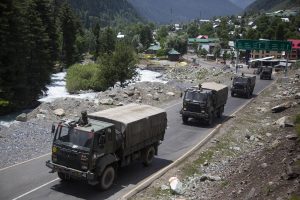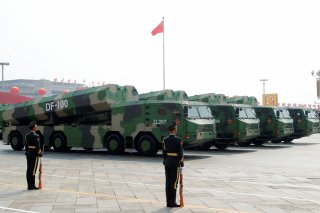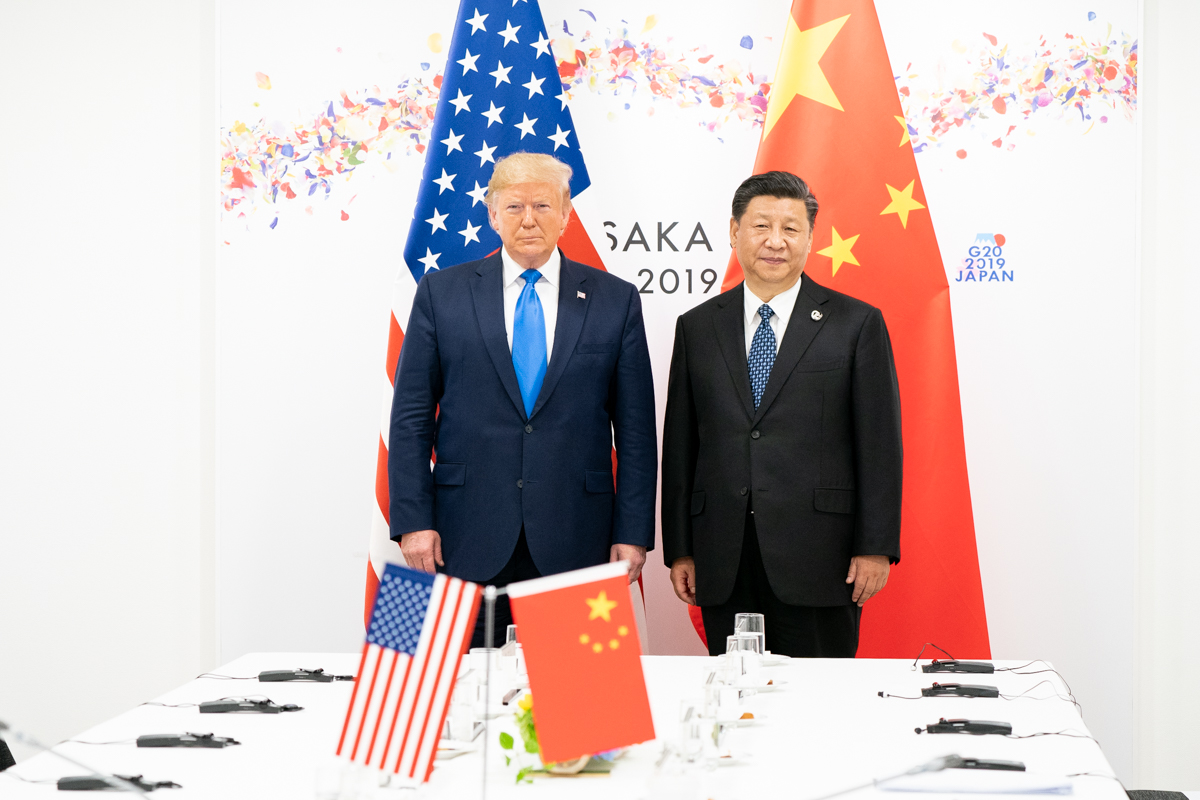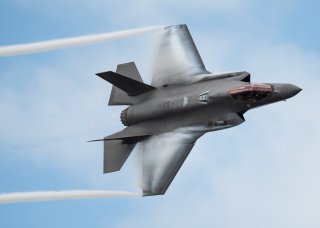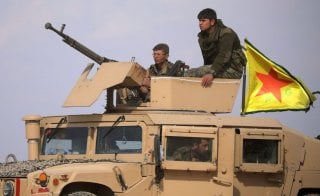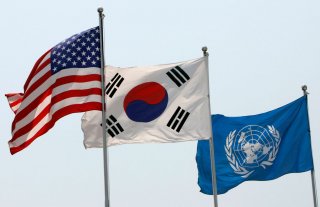 Here's What You Need to Remember: Even a “limited” India-Pakistan nuclear war would significantly affect every person on the globe, be they a school teacher in Nebraska, a factory-worker in Shaanxi province or a fisherman in Mombasa.
Here's What You Need to Remember: Even a “limited” India-Pakistan nuclear war would significantly affect every person on the globe, be they a school teacher in Nebraska, a factory-worker in Shaanxi province or a fisherman in Mombasa.
Between February 26 and 27 in 2019, Indian and Pakistani warplanes launched strikes on each other’s territory and engaged in aerial combat for the first time since 1971. Pakistan ominously hinted it was convening its National Command Authority, the institution which can authorize a nuclear strike.
The two states, which have retained an adversarial relationship since their founding in 1947, between them deploy nuclear warheads that can be delivered by land, air and sea.
However, those weapons are inferior in number and yield to the thousands of nuclear weapons possessed by Russia and the United States, which include megaton-class weapons that can wipe out a metropolis in a single blast.
Some commenters have callously suggested that means a “limited regional nuclear war” would remain an Indian and Pakistani problem. People find it difficult to assess the risk of rare but catastrophic events; after all, a full-scale nuclear war has never occurred before, though it has come close to happening.
